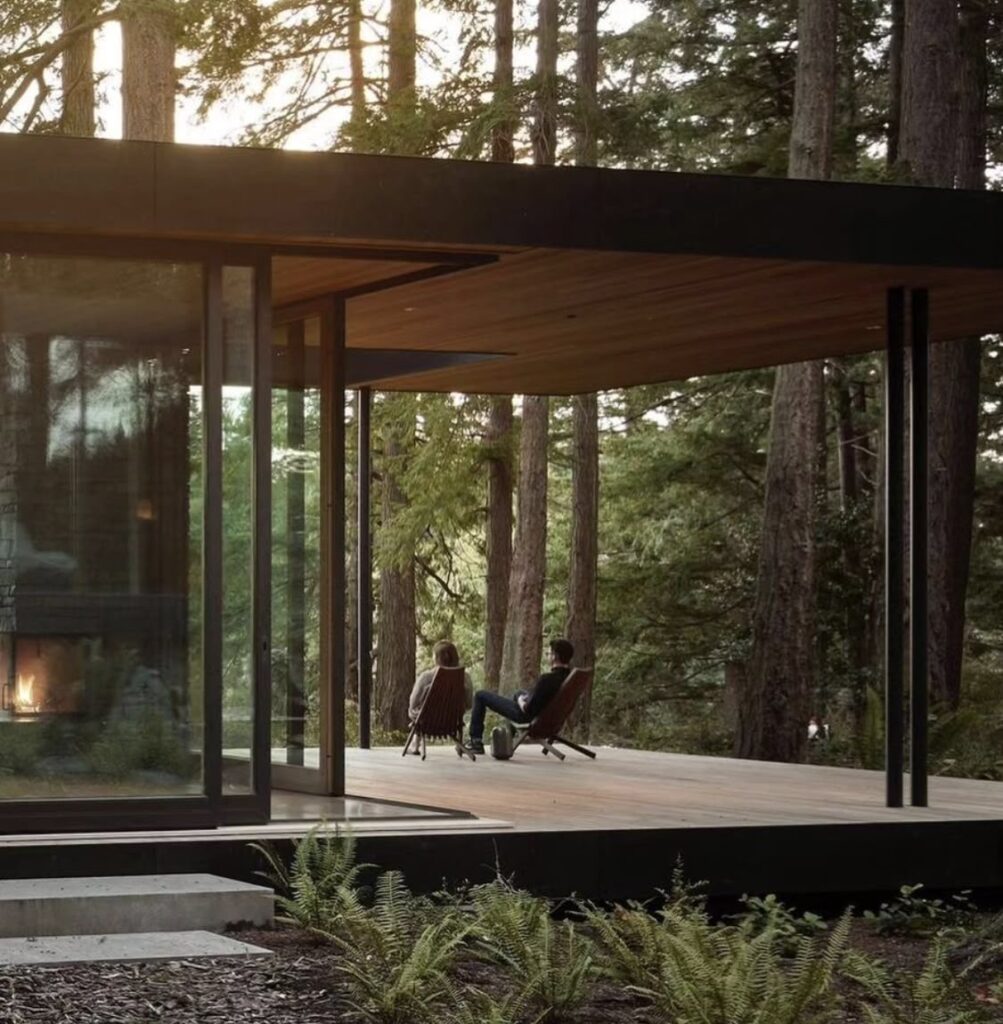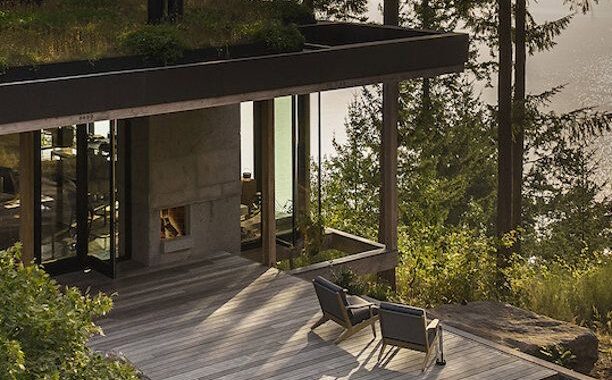Building your own home is an incredibly exciting process. Rather than having to settle and compromise, you get to design your dream property to fit your exact specifications – and have it built in the perfect location, too.
As you can imagine, though, it’s also extremely complicated. Moving home is stressful enough, but the prospect of designing and building your own is an entirely different ballgame. Planning is everything, and if you’re just at the start of this process, you may be feeling a little overwhelmed.
This article is here to help you out: here are eight key factors you’ll need to consider as you embark on your journey!

Photography: Andrew Pogue
1. Choosing the Ideal Location
In many cases, the excitement of building your own house manifests first in your imagination as you conjure up ideas for all the different rooms and facilities you’ll have; perhaps you’d like a pool that sweeps around the garden and a large, open-plan kitchen.
In reality, though, when it comes to properly planning this, you’ll need to think about the location before anything else. If you haven’t settled on a town or city yet, that’s your first port of call. If you have, do a deep dive into the best areas to live in and ask locals about their experiences. You also might want to choose somewhere that’s well connected to the centre of town and other facilities like schools and public transport.
2. Working Out the Budget
Naturally, budget should be the next thing on your mind. Building your own home is one of the most expensive investments you’ll make, and running out of money halfway through would be a total disaster.
Thoroughly plan out your finances before committing to anything – scrutinise every possible aspect to get as accurate an estimate as you can as to how much everything’s going to cost. It’s essential to consult with a financial advisor to go through this stuff, as you simply won’t have the necessary knowledge as a layperson.
3. Choosing Your Builder
Choosing your builder is one of the most important aspects of this entire process – if not the most important. A reputable custom house builder should tick several boxes: they should be highly experienced, trustworthy, and have a large portfolio of previous work that aligns with your goals.
Aside from your 1-on-1 consultation with them, one of the best ways to gain further insight into the reliability of a builder is to read reviews: look online and ask around in the local area to find out who has a solid reputation.
4. Logistics: Zoning, Regulations, and Building Codes
You can’t simply build your home anywhere you like. There are strict rules in place dictating what sort of land can be used to build property, and you’ll have to comply with relevant zoning laws, building codes, and local and national regulations.
Having decided on your builder, approach them and ask about these matters: they should be able to provide you with the necessary information and work out which areas are feasible for the building work to take place.
5. Securing Your Permits
After you’ve deduced where you stand so far as your legal right to build on a piece of land, you’ll need to secure a right to do so. There are several pieces of paperwork you will need to obtain, each pertaining to different aspects of the building process, such as plumbing and electrical work, land usage, and permits relating to structural safety matters. Again, your builder will be able to guide you here, but you’ll also need to consult with your local authority for advice and to get everything cleared.
6. Designing Your New Home’s Layout and Architecture
Now comes the fun stuff – designing the initial aspects of your home.
Deciding on and finalising the layout can be tough; you’ll need to think long and hard about what you plan to use your home for now and in the future. If you’re considering having a family, design the home with this as the primary focus, and always opt for having more space if your budget allows for it, as you’ll most certainly come to appreciate it later.
As you work with your architect, try to prioritise flexibility. Your home should be built to be as adaptable as possible, so as you’re designing rooms, consider how they might be repurposed later for something else if needed.
You’ll also need to do plenty of research on what sort of architectural style will be best and most appropriate for the surrounding area. There are so many to choose from, so this could take you a while, but settling on a style can also help you nail down the layout.
7. On Choosing Materials
Once you’ve decided what sort of style and layout you’re going for, next comes picking the materials for each exterior and interior element. You should get advice from your builder and architect, but it’s important to have your input each step of the way.
Choosing the right materials isn’t just about how the home looks, either – it’s also important to consider energy efficiency, as well as which materials are deemed the best option for the local climate so far as insulation and heat retention.
8. Monitoring the Construction Process
It’s crucial to stay involved in the process as the building work progresses. If you’ve organised things properly, you might feel content that you can just leave the builders to get on with things, but no matter how much planning you do, things can still go wrong.
By visiting the site regularly and getting updates, you can spot small problems before they turn into large ones and appropriately course-correct before anything is set in stone.
Hopefully, you now have a much better idea of what’s involved when it comes to building your own house, as well as the general order that the process takes. It’s going to be a long journey, but if you put in the effort to prepare before the first brick is laid, you’ll reap the benefits of a living experience like no other.
You’ll also like this:
Is Now the Right Time to Renovate Your Old Property? Here’s How to Know









Leave a Comment